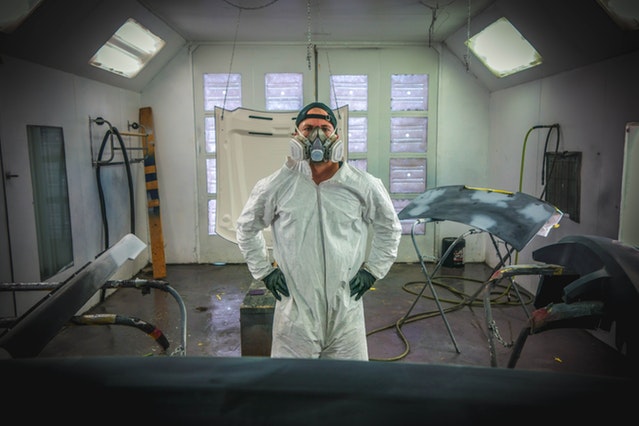Your Car Is Faded. Now What?
When people look at a vehicle, the first thing they’ll notice is its paint – from the vibrancy of its color to the sheen of its polish. Your paint job can leave a lasting impression, which is why car manufacturers put plenty of effort into making it look flawless.
Unfortunately, no matter well you care for a car, its paint will eventually fade with direct sunlight exposure and several other factors. The type of car paint used can also affect the speed at which it fades.
Different Types of Car Fading and What Causes Them
Fading can occur at any part of the car’s surface. Vehicles that are rarely parked under a shade or in a garage are likely to suffer various degrees of fading.
In most cases, cars suffer from generalized fading where the entire car surface is affected. It’s usually caused by exposure to the elements, general wear and tear, and a poor choice of car washing products.
There are rare instances where the fading is limited to specific areas of a vehicle. Localized fading is often the result of scratches or dents, uneven exposure to sunlight, or a failed attempt at either paint restoration or scratch removal.
How To Deal With Faded Car Paint
If your car shows visible signs of fading, you have to initially assess the extent of the damage. There’s a huge chance your vehicle has widespread fading. It can be easily remedied with the following:
- Thorough washing
- Mild buffing
- Polishing with liquid compound
- Applying a final coat of wax to seal it
Remember that dirt and grime can deceivingly make your paint job look dull and faded. This is why it’s important to maintain a regular cleaning and polishing schedule, as these could keep your car paint looking vibrant. But if your car appears to have localized fading with uneven blotches, you can take these steps instead:
- Washing and deep cleaning. Wash your vehicle with warm, soapy water to remove any surface contaminants. Only use car wash soap, and not any harsh detergent that could strip away your paint and polish. Consider using some detailing clay to ensure that you remove every bit of dirt from the surface of your vehicle.
- Try to repair the faded area. Car surface damage occurs in layers. If parts of your vehicle’s surface show signs of fading, try using rubbing compound on affected areas. Next, slowly buff the surface to reveal a more vibrant color underneath.
- Gloss up your car surface with polish. Car polish helps to protect the surface from damage. It can also hide imperfections by reflecting light and giving your vehicle a mirror-like finish. If you want the polish to stand out, skip hand polishing techniques and employ a dual-action polisher instead. It’s going to make your job easier too!
- Apply sealant. This is the last step and for good reason. Sealant ensures that your hard work isn’t wasted and that no further water, weathering, or sun damage occurs.
If the paint damage is too far gone and can no longer be repaired, you may need to hire a detailing and restoration service. To prevent fading in the future, always make sure to cover your vehicle or park it in the shade or garage.

